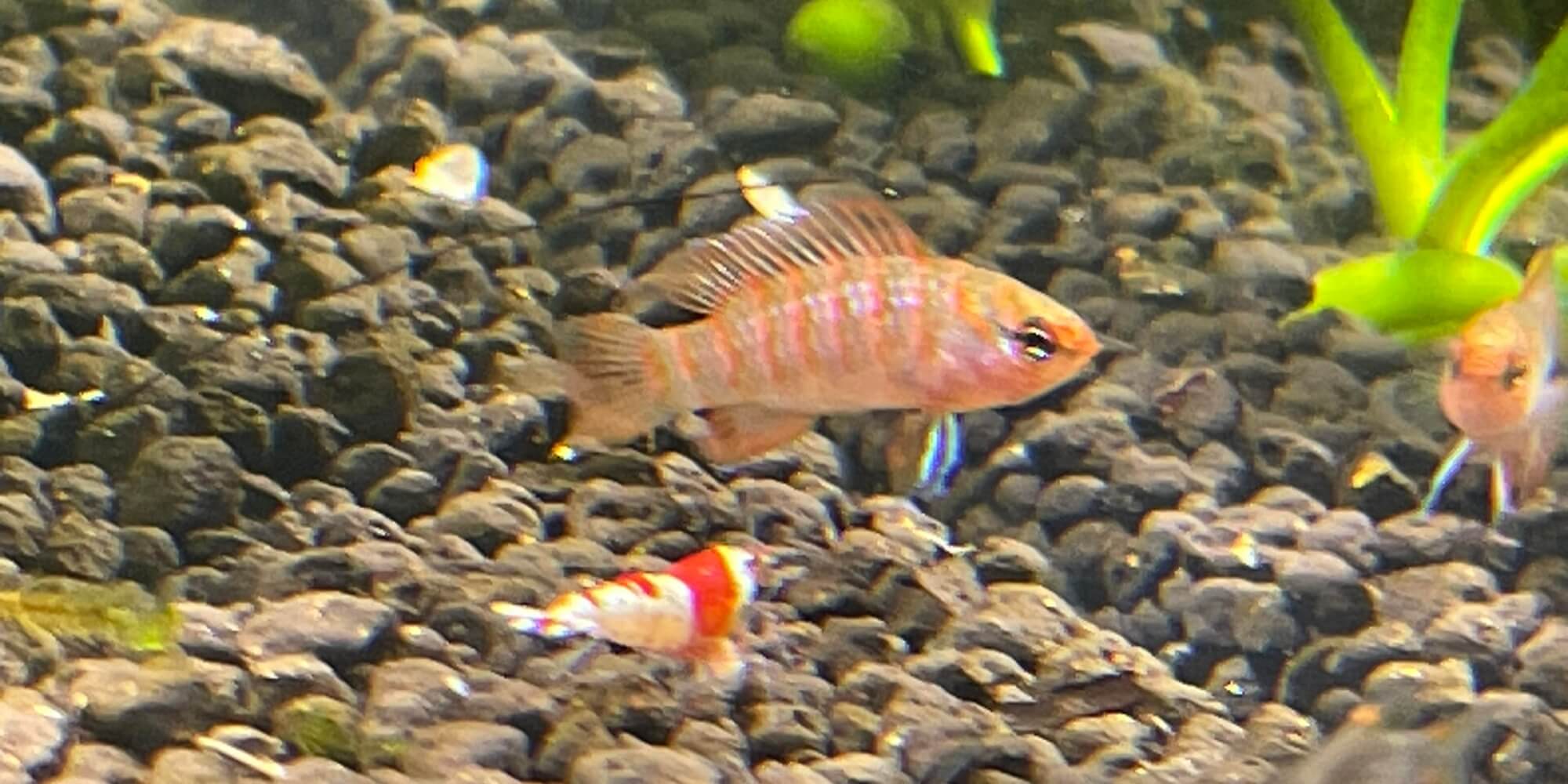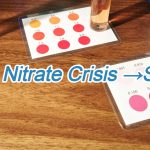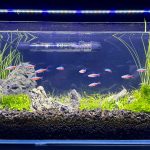Ever peeked into your shrimp tank and spotted a clear, hollow shell lying on the sand?
Don’t panic—your shrimp isn’t dead! It’s just outgrown its old outfit. Let’s break down how and why shrimp shed their shells, and what you can do to help them thrive.
First Things First: Yes, Shrimp Do Grow New Shells!
Shrimp don’t wear their shells forever. Like kids swapping outgrown shoes, they regularly molt (shed their old shell) to make room for bigger, stronger replacements. This process is totally normal and crucial for their growth. But how does it work?
Here’s the basics:
- Shrimp shells don’t stretch, so they have to molt to get bigger.
- After shedding, they’ll hide for 24–48 hours while their new shell hardens.
- Leftover shells in the tank? That’s a good sign—it means molting went smoothly!
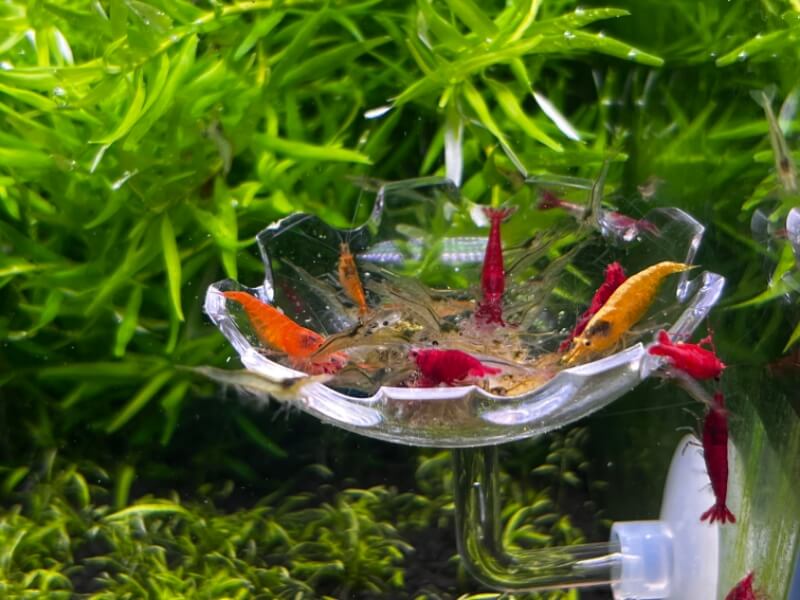
Why Do Shrimp Shed Their Shells?
Molting isn’t just about size. It’s also how shrimp:
- Repair damage (like cracks or injuries).
- Regrow lost limbs over a few molting cycles.
- Reproduce (female shrimp molt to signal they’re ready to mate).
You might notice your shrimp acting restless or eating less before molting. That’s normal—they’re prepping for the big change!
How to Help Your Shrimp During Molting
Shrimp need a little TLC during this vulnerable time. Here’s what works:
1. Keep Water Stable
Sudden changes in temperature or pH can stress shrimp. Aim for:
- pH: 6.5–7.5
- Temperature: 72–78°F (22–25°C)
- Calcium levels: Add crushed coral or cuttlebone—it helps build strong new shells!
2. Feed Them Right
Shrimp use tons of energy to molt. Try these snacks:
- Spinach (blanched)
- Algae wafers
- Specialty shrimp foods with calcium
3. Leave the Old Shells Alone
That clear shell isn’t trash! Shrimp often eat it to recycle nutrients.
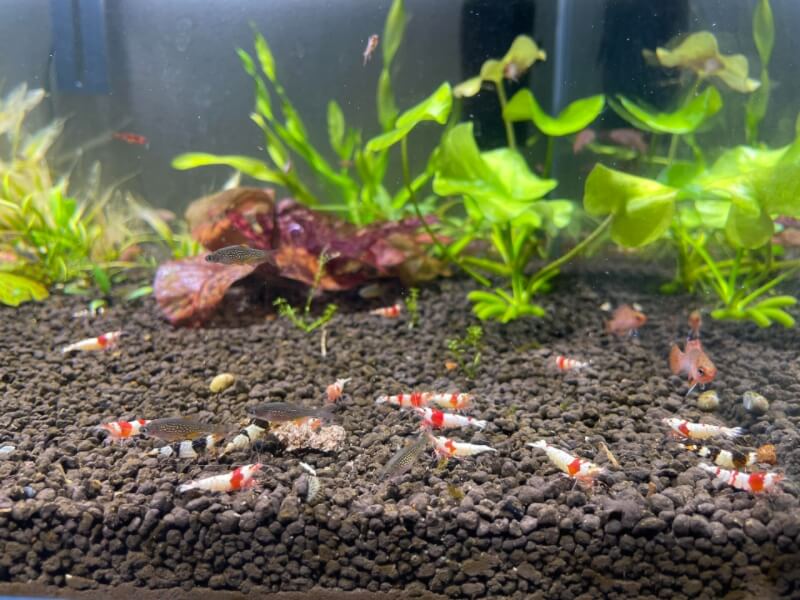
Troubleshooting: When Molting Goes Wrong
Sometimes shrimp get stuck in their old shells. Watch for:
- White, cloudy shells (mineral deficiency)
- Shrimp lying on their side (exhaustion from failed molting)
- Half-shed shells (poor water quality)
Fix it fast: Do a small water change and add calcium. Keep the tank calm—bright lights or loud noises can stress them.
FAQs (Stuff Shrimp Keepers Always Ask)
Q: How often do shrimp molt?
A: Babies molt weekly; adults every 3–6 weeks.
Q: Should I remove dead shrimp immediately?
A: Yes—they can pollute the water. But double-check: It might just be an empty shell!
Q: Can a shrimp die from molting?
A: Rarely, but weak shrimp or bad water conditions raise the risk.
The Bottom Line
Molting is a shrimp’s secret superpower. By keeping their water clean, feeding nutrient-rich foods, and staying hands-off during the process, you’ll help your tiny tank buddies grow bigger and healthier. Next time you spot a ghostly shell, give yourself a pat on the back—it means your shrimp are thriving!
Want to create a thriving aquarium? Explore more beginner-friendly guides:
- Cichlids Care Guide – Master tank setup, water chemistry, and feeding for vibrant cichlids.
- How Many Guppies Fit in a 10-Gallon Tank? – Avoid overcrowding and keep your guppies happy!
Remember: Whether you’re raising shrimp, cichlids, or guppies, stable water is key.
Happy fishkeeping!
Home Aquarist | Community Educator
Fishkeeping isn’t a luxury, but nature’s therapy accessible to everyone.

